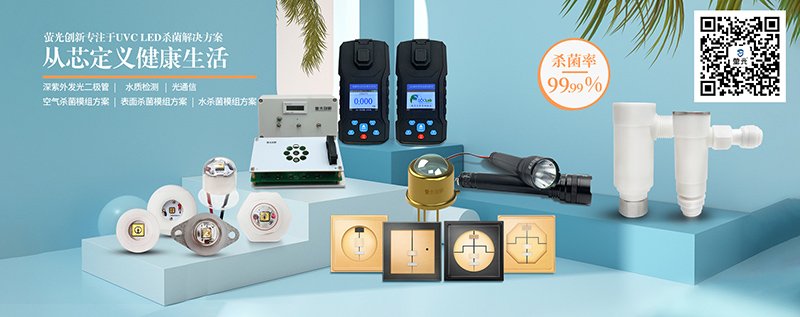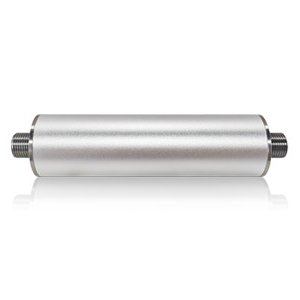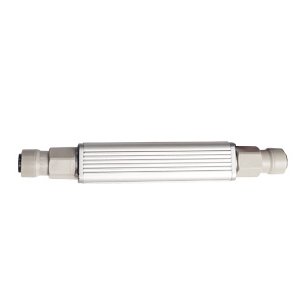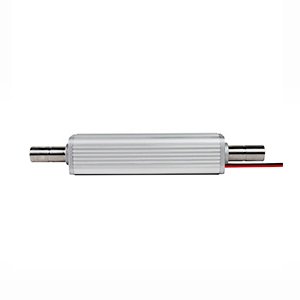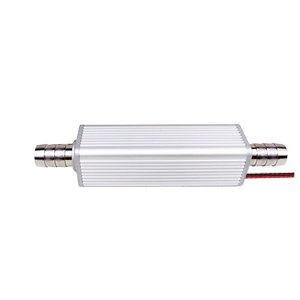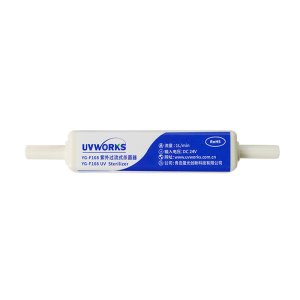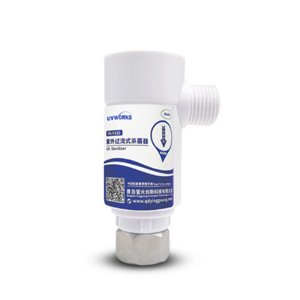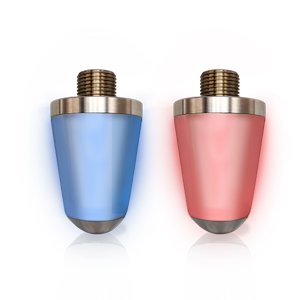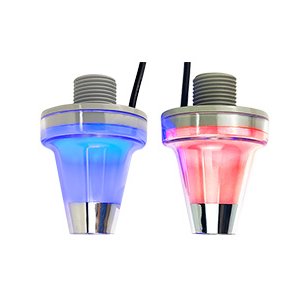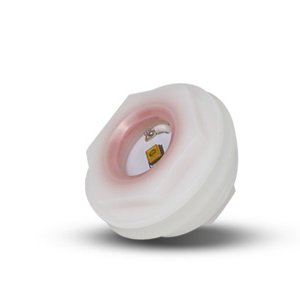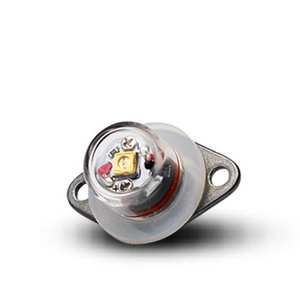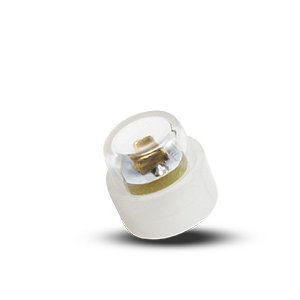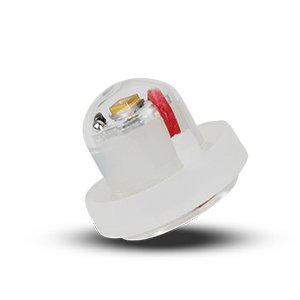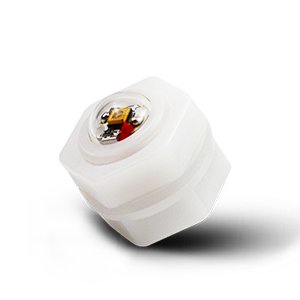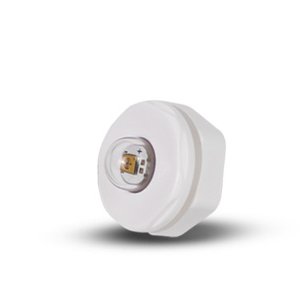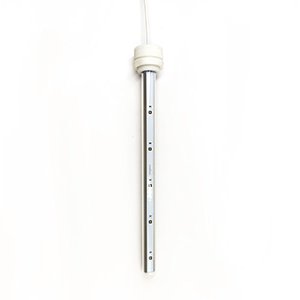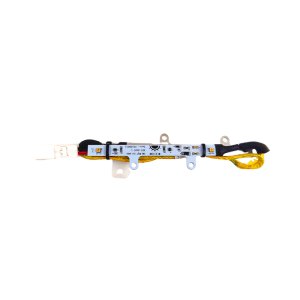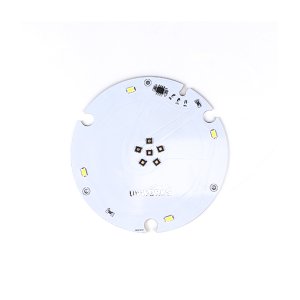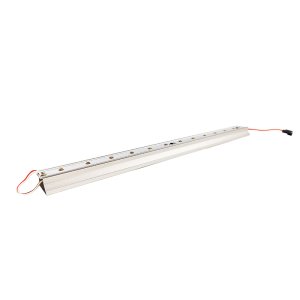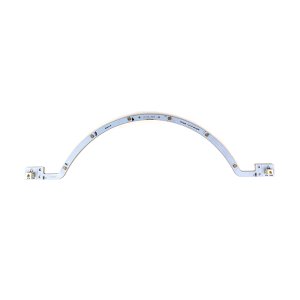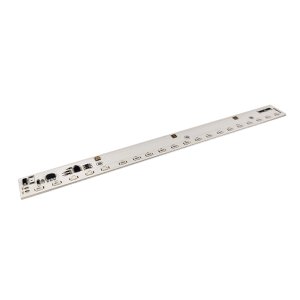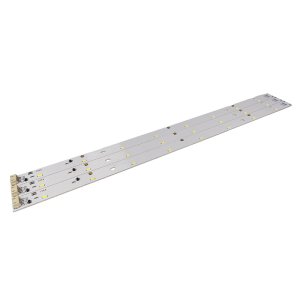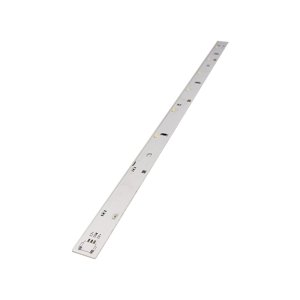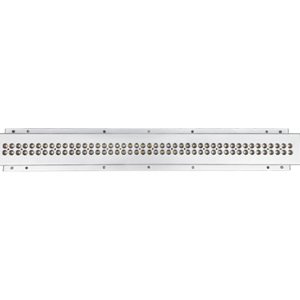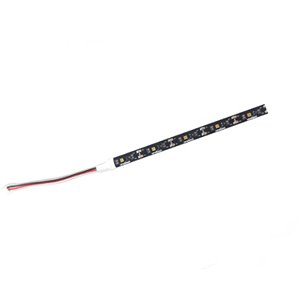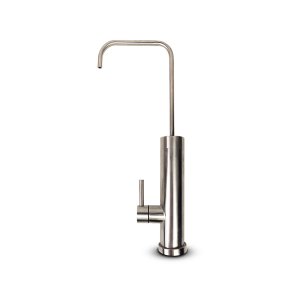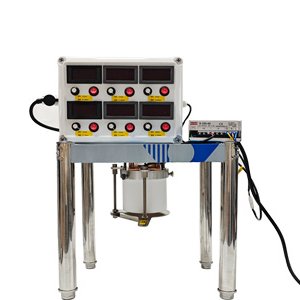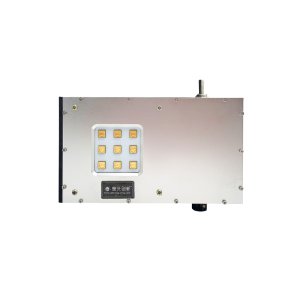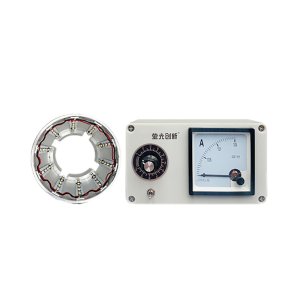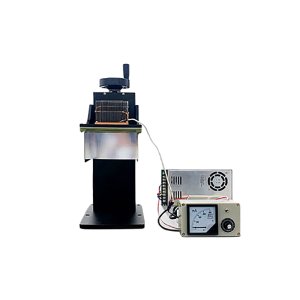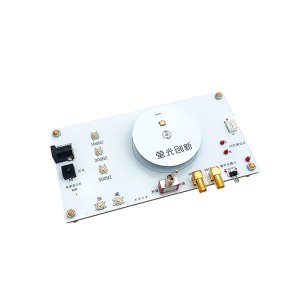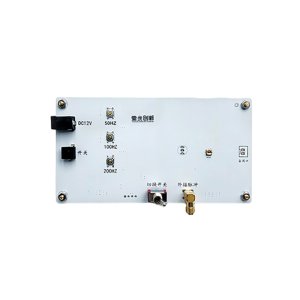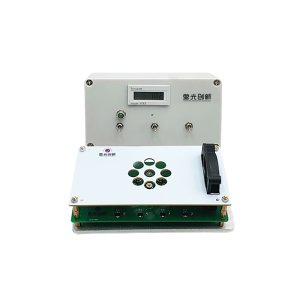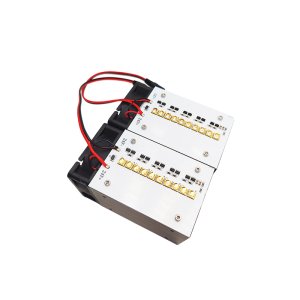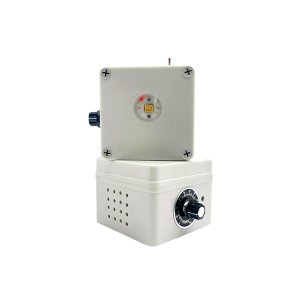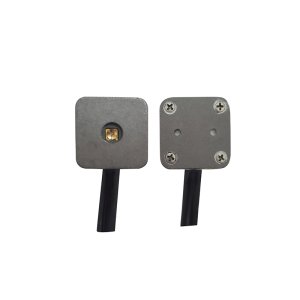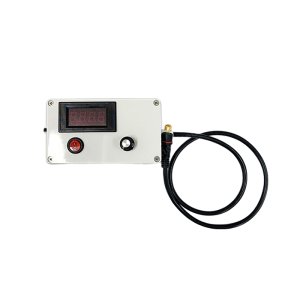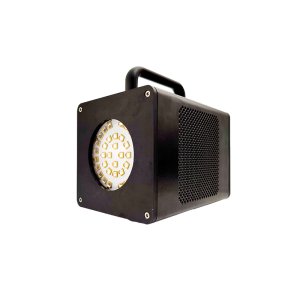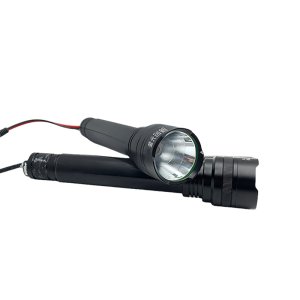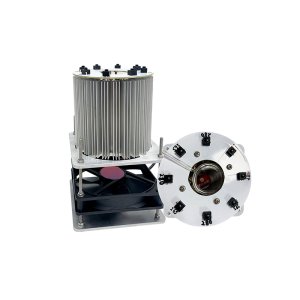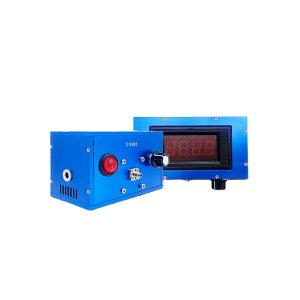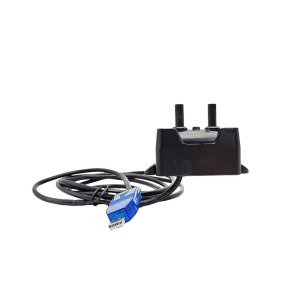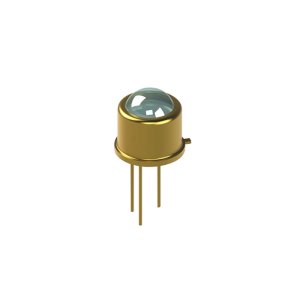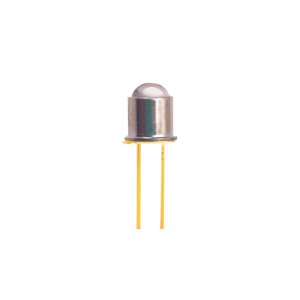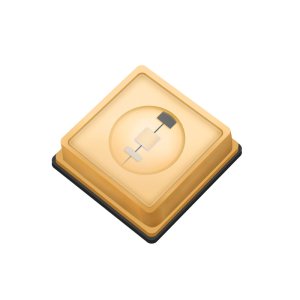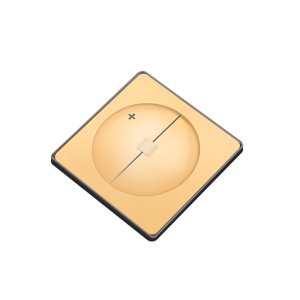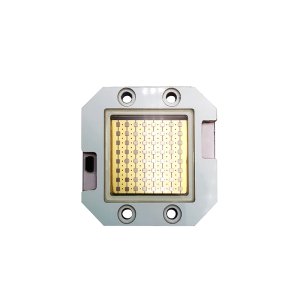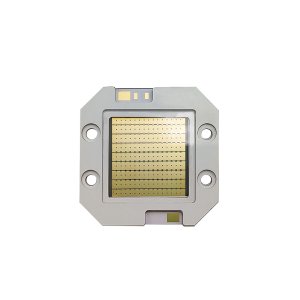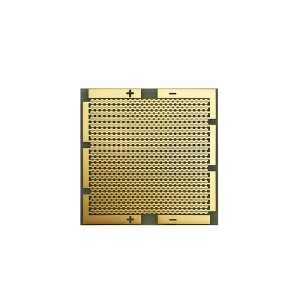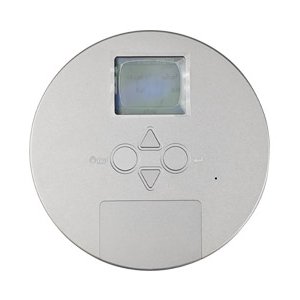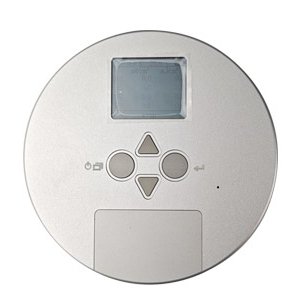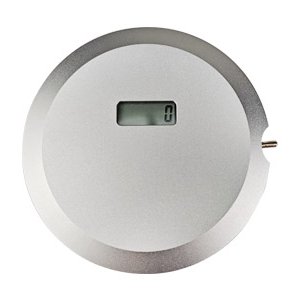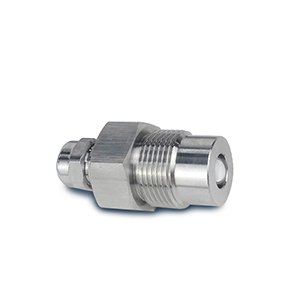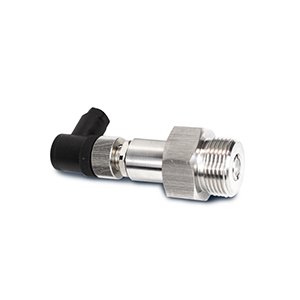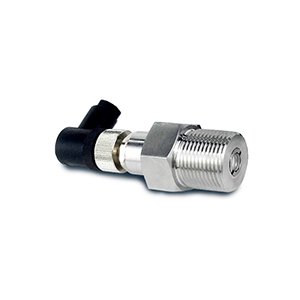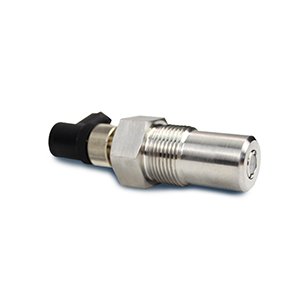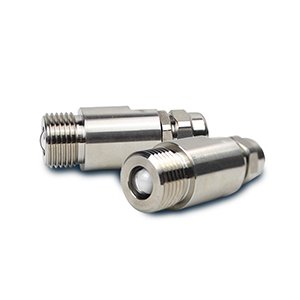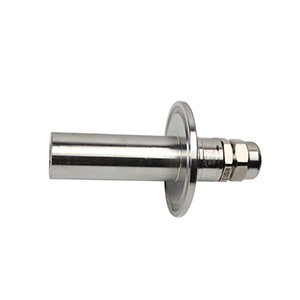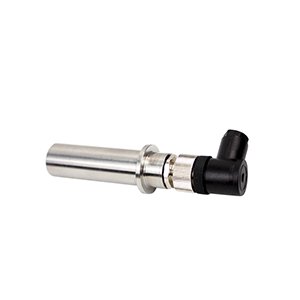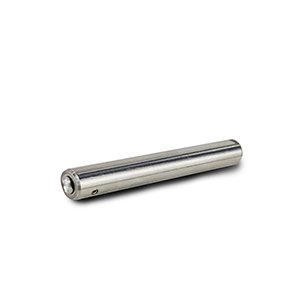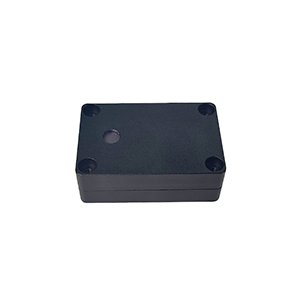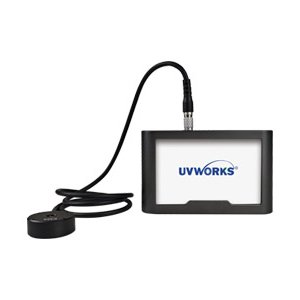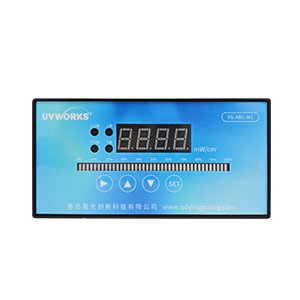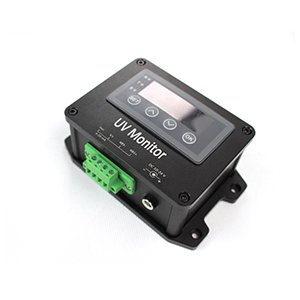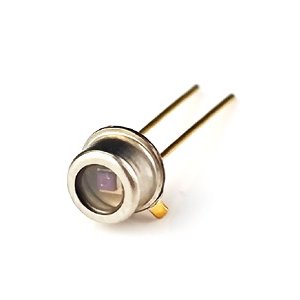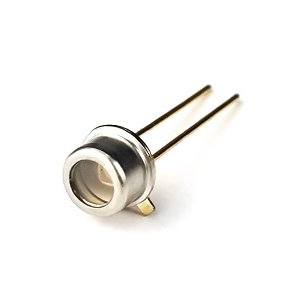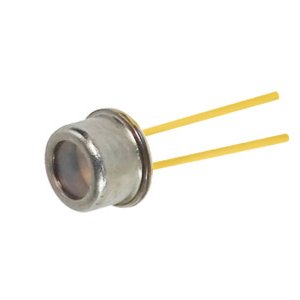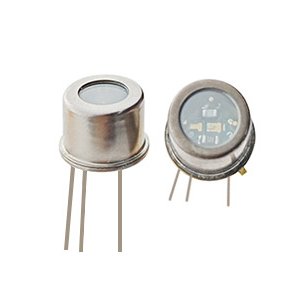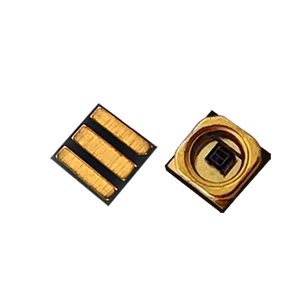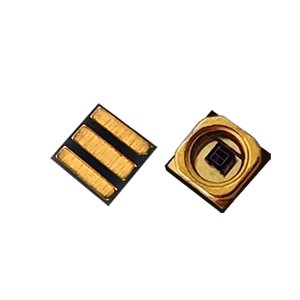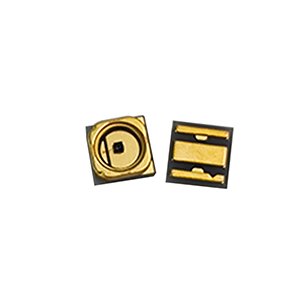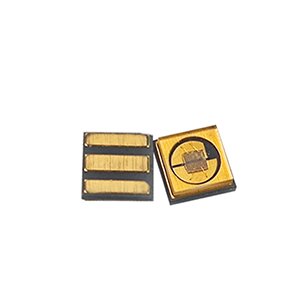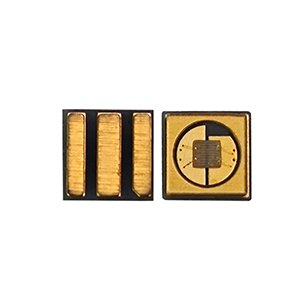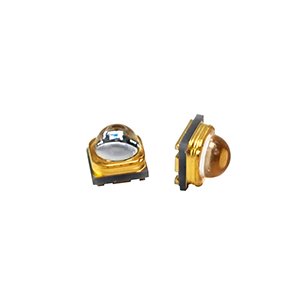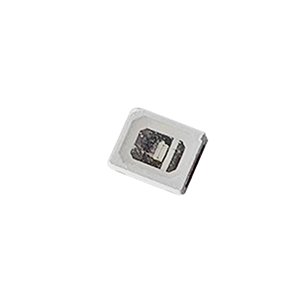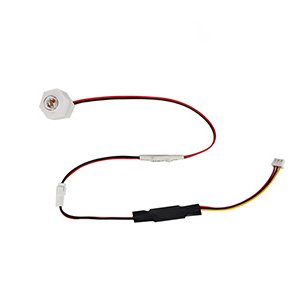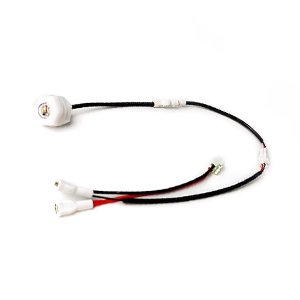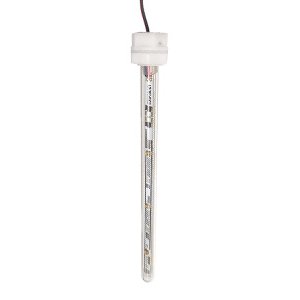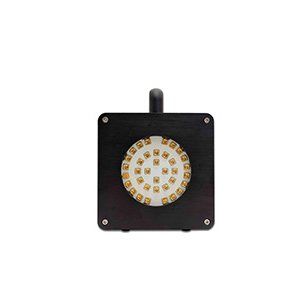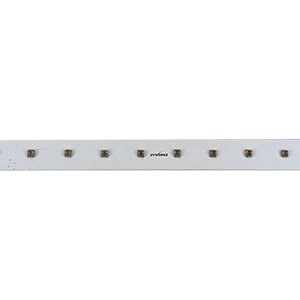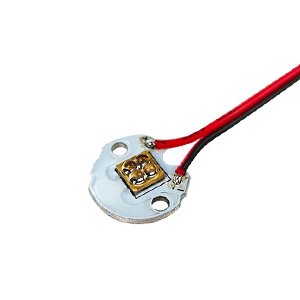
Which wavelength is better? 222 nm vs 265 nm killing ability competition
2021-09-16
The traditional disinfection method is mainly to inactivate pathogens, so as to reduce infection. With the covid-19 pandemic, there is a growing demand for the elimination of viruses in the air and surface. According to relevant facts, UVC can kill most bacteria and viruses and effectively eliminate them.
In 2020, due to the use safety of mercury (Hg) and the entry into force of laws and regulations, mercury lamps have been banned on a large scale. Based on mercury lamps, conventional ultraviolet disinfection related products have been developed, which has promoted the development of alternative ultraviolet disinfection.
UVC LED is considered as a natural substitute for mercury lamp for the following reasons: mercury free, easy to operate characteristics (such as instantaneous switch, cyclic use without affecting service life, heat absorption along the opposite direction of UVC light, high-performance reliability control), and low maintenance cost. These advantages can integrate UVC led into various disinfection applications of water and high contact surface, improve product and functional quality for users, and reduce OEM cost.
Effects of far ultraviolet and bactericidal ultraviolet on disinfection
In the range of bactericidal UVC, 260nm to 270nm are considered as ideal wavelengths. In this wavelength range, the functional effect of nucleic acid damage is only slightly reduced (peak DNA / RNA absorption is observed between 263nm and 265nm). Outside this range, the functional effect of longer or shorter wavelengths begins to decline sharply.
Recently, scientists have studied the application of bromine and chlorine excimer lamps to produce primary photon emission peaks at 207 nm and 222 nm, respectively. The band in the range of 220nm-280nm is usually called far UVC. Although photons emitted in this range are absorbed by DNA / RNA nucleic acids to a certain extent, the main reason for reducing infectivity is considered to be absorption and protein destruction. It can be proved by the actual sterilization of adenovirus, methicillin resistant Staphylococcus aureus (MRSA) and H1N1 virus.
222 nm cannot be used in water applications. Because the ultraviolet transmittance (UVT) in water is too large. The UVT of filtered water is constant at about 260nm, and begins to decrease sharply at a relatively short wavelength due to common chemical pollutants (such as nitrate). In addition, the pathogens of interest are biofilm forming bacteria, such as Pseudomonas between 265nm-265nm, which exhibit low photon absorption at a shorter wavelength.
Therefore, the possibility of using a 205nm-230nm photon source to treat pathogens is much greater, depending on the protein aspect of the pathogen, which may have significantly different absorption coefficients, rather than the nucleic acid DNA / RNA method using the verified DNA absorption peak. It has been proved that live pathogens can be eliminated consistently and predictably in the wavelength range of 260nm-270nm.
Application in business
The commercially available UVC LED is based on a semiconductor made of al1 xgaxn alloy, and its emission wavelength is controlled by its alloy content, which means that UVC LED can be made into a wavelength below 225nm (including 222nm) for transmission. Therefore, the wavelength problem is no longer just the problem of excimer lamps and UVC LEDs. UVC LEDs require a higher Al mole fraction and can emit at these shorter wavelengths, resulting in reduced efficiency.
Therefore, for most pathogens, when using the current UVC LED technology, the disinfection level will be higher in the sterilization range. Although the efficiency of adenovirus radiation at 222 nm is up to 10 times (one order of magnitude) compared with the sterilization range, the current LED below 230 nm has lower power and shorter life. The cost of LED solution in this wavelength range is greatly increased compared with the sterilization range.
Other factors need to be considered when comparing excimer lamps with UVC LEDs. Compared with UVC led beads (usually cuboids with a length of 0.3cm), the floor area of excimer lamps (usually tubes longer than 10cm) means that the flexibility of the setting is very different. With regard to the initial application of direct skin exposure of aligned molecular lamps (the results so far seem to have found no permanent damage, but only limited research has been carried out). Excimer lamps will require expensive band-pass filters to remove longer wavelengths (for example, KrCl lamps for 222 nm emission have secondary emission peaks in UVC and UVB near 258 nm).
conclusion
The preference for a particular UVC wavelength (e.g. 222 nm vs. 265 nm) depends on the application. Excimer light seems to be of great significance in the large-area treatment that humans continue to pass through, but limited research (the results so far seem to have found no permanent damage, but only limited research) has been studying the effects of long-term exposure on humans.
Jose Morey, M.D., Chief Medical Innovation Officer of free biosafety, consultant of MIT solve and NASA iTech, said that although far ultraviolet technology shows great hope, it is not ready for prime time. "The angle and duration of the exposure have not been determined," he said
Compared with mercury lamp, the use of UVC LED is not only green, but also more attractive commercially in a variety of applications. Although human beings should not be directly exposed to UVC light, UVC led covers a small area and produces almost point light, so it is allowed to be designed into targeted disinfection applications. In these procedures, UVC radiation is well controlled, and removing unnecessary exposure can prevent health hazards. In addition, during continuous operation, the WPE of UVC LED is lower than that of mercury lamp, but it does not need preheating. The ability to turn on / off the LED as required can be transformed into higher electrical efficiency throughout the service life.
Qingdao fluorescent Innovation Technology Co., Ltd. has a professional postdoctoral team, focusing on the research of ultraviolet sterilization application. After years of deep cultivation in the ultraviolet industry, the company has obtained a number of national invention and utility model patents. At present, a number of sterilization module products have been put into the market. For more details, you can browse the company website www.qdyingguang.com, contact the company for WeChat's official account.
